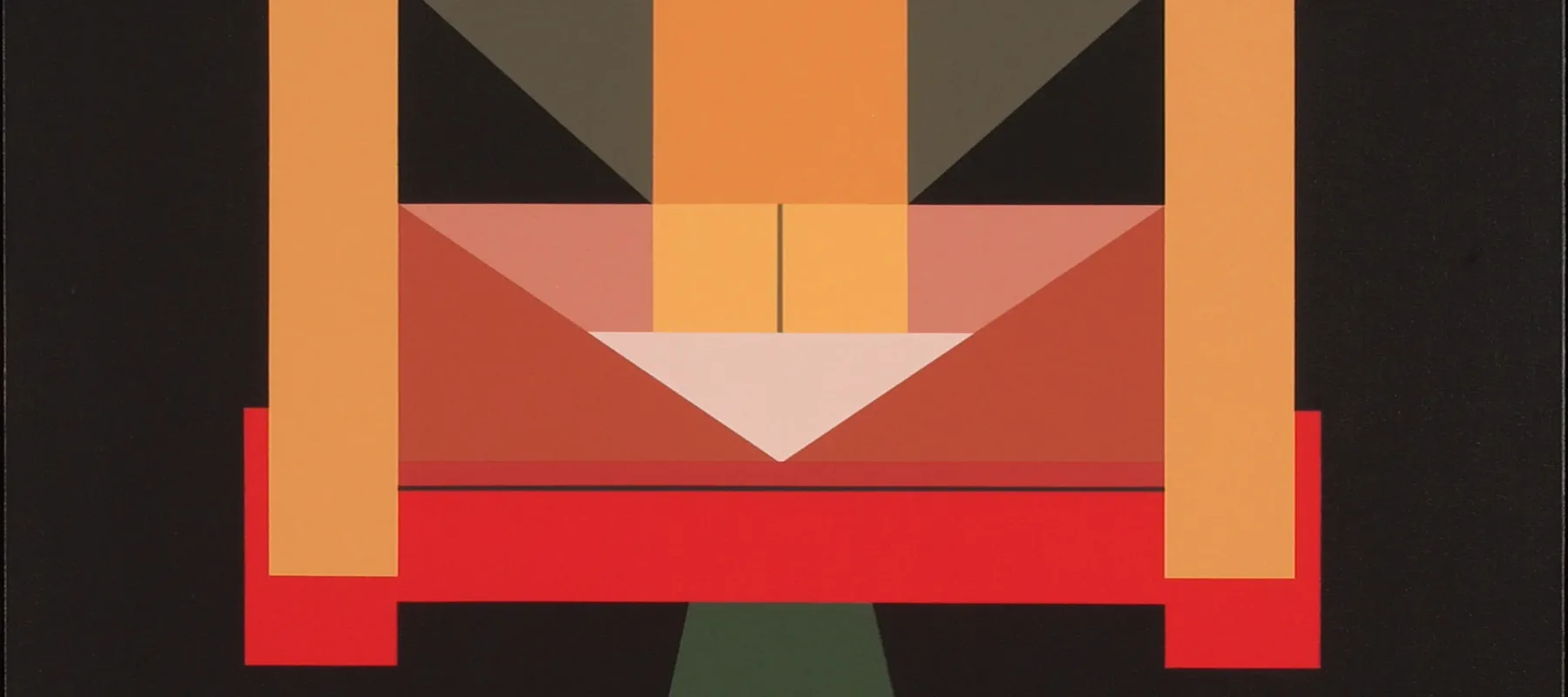Latin American Women Artists, 1915-1995 presents three periods of modern art from the Southern Hemisphere, from 1915 to the end of World War II, from 1945 to the 1970s, and from the 1970s to the present day. The exhibition demonstrates that women have made substantial contributions to the artistic mainstream of their day. More than 100 works by 34 nationally and internationally recognized artists from nine countries and Puerto Rico are included.
A variety of media is represented, including painting, sculpture, fiber, works on paper, and multimedia installations.“We are proud to sponsor this exhibition which furthers the public’s knowledge of Latin American art and promotes cultural exchange and understanding between the United States and the countries of Latin America and the Caribbean,” said Stephanie French, vice president, of corporate contributions and cultural programs, Philip Morris Companies Inc.
The exhibition opens with the work of artists Frida Kablo, Amelia Peláez and Tarsila do Aniaral. While Kahlo is recognized throughout the world for her representations of the spirit and heritage of Mexico, Tarsila do Amaral is considered “the painter who best achieved Brazilian aspirations for nationalistic expression in a modernist style.”
As a counterpoint to the Latin American nationalist movements, the exhibition also charts the influx of artists from Europe, Japan, and elsewhere throughout the 1930s and 1940s. Beginning with “old world” emigres, such as Remedios Varo and Leonora Carrington, the show provides a place for the artist-radicals who fled Nazi oppression to become important cultural contributors in their adoptive nations. Varo, for one, wholeheartedly embraced Mexico as her new home and came to artistic maturity there. Freed by distance from the exacting tenets of traditional European Surrealism, she created highly finished tableaux confronting “the most basic and complex of narratives: the self.”
Many of today’s Latin American artists are providing an alternative to and a continuation of traditions established by their 20th-century forebears. By looking inside as well as outside, at themselves, their heritage, and their constantly changing relationship with a global network, contemporary women artists are striving to translate complex experiences and values across the world’s increasingly permeable national boundaries.
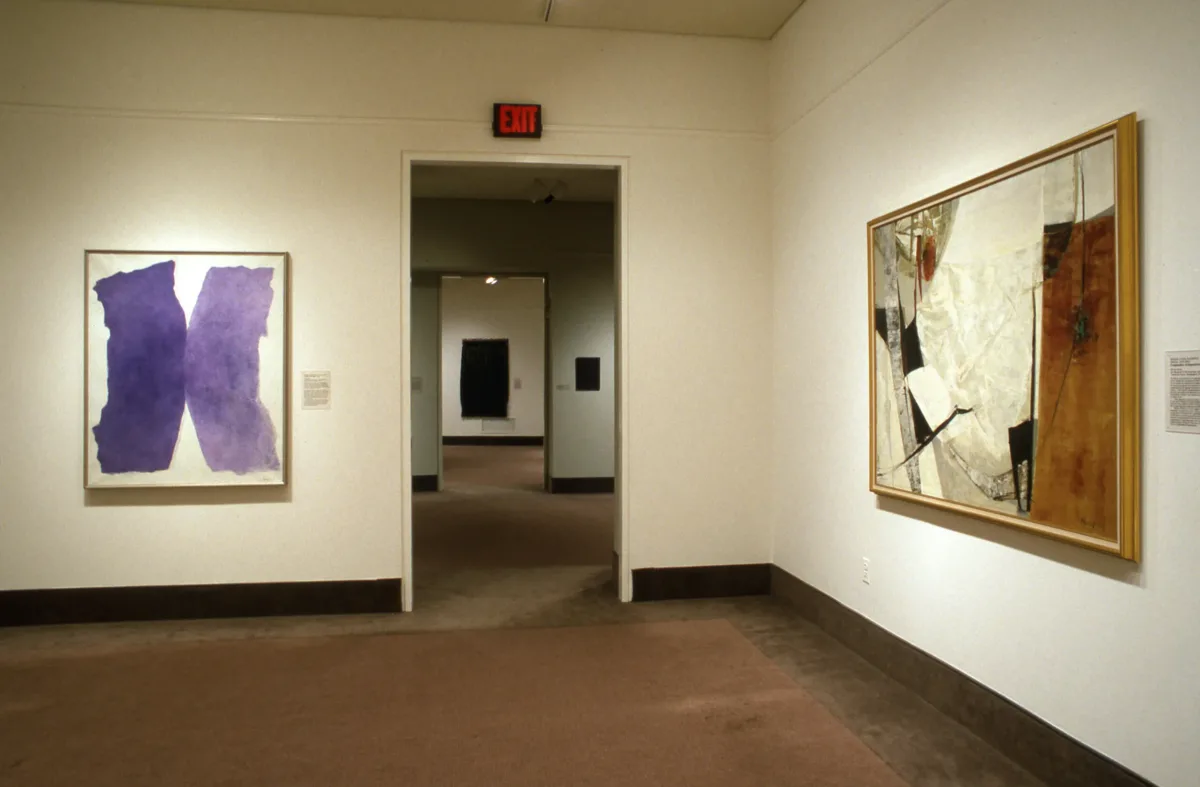
Installation image of Latin American Women Artists, 1915-1995
The Artist,
Frida Kahlo
Mexican painter Frida Kahlo is known for creating striking, often shocking, self-portraits that reflected her political ideology, cultural identity, and her turbulent personal life.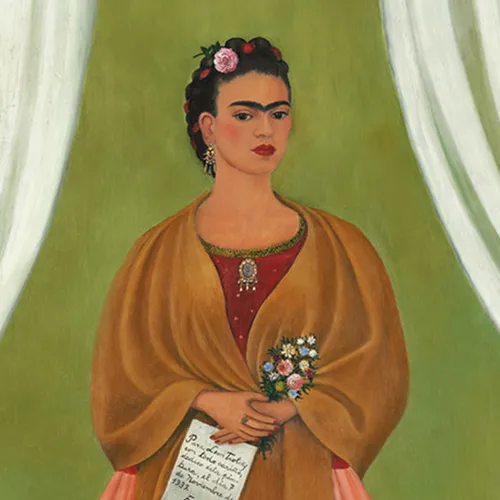
The Artist,
Leonora Carrington
Through her paintings and sculptures, Leonora Carrington often explored notions of femininity in the whimsical, dreamlike style of Surrealism.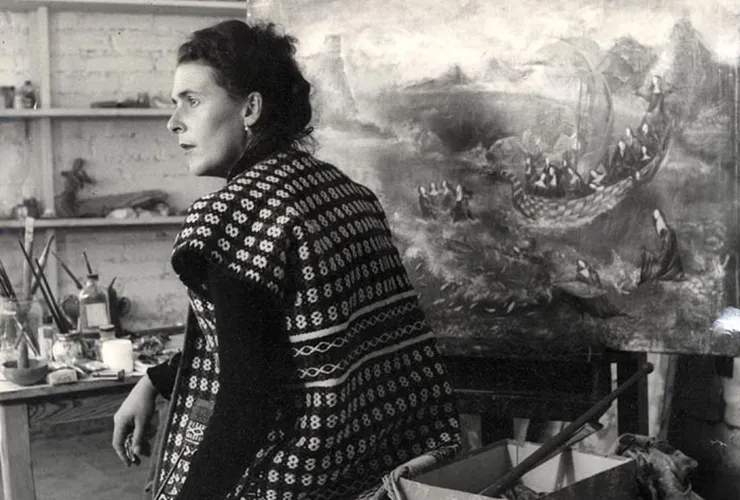
The Artist,
Fanny Sanín
Fanny Sanín, one of Colombia’s second-generation abstract artists, turned to geometric abstraction in 1969 and never looked back.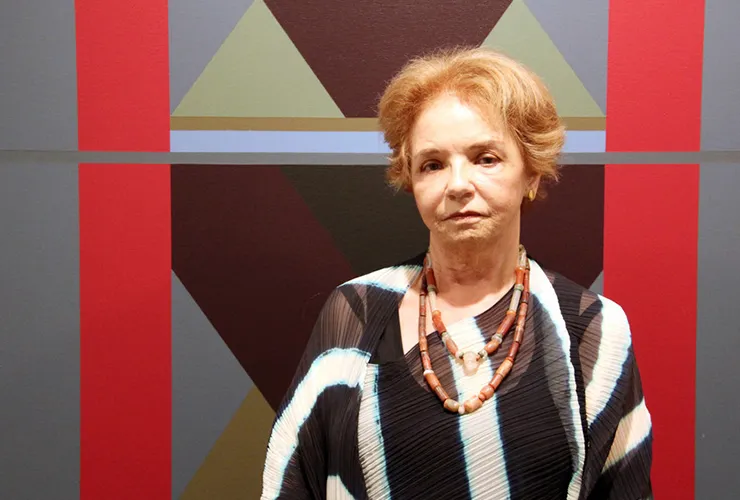
The Artist,
Remedios Varo
Remedios Varo’s paintings combine Surrealist influences with a distinctive style that evokes mystical or eerie adventures.
